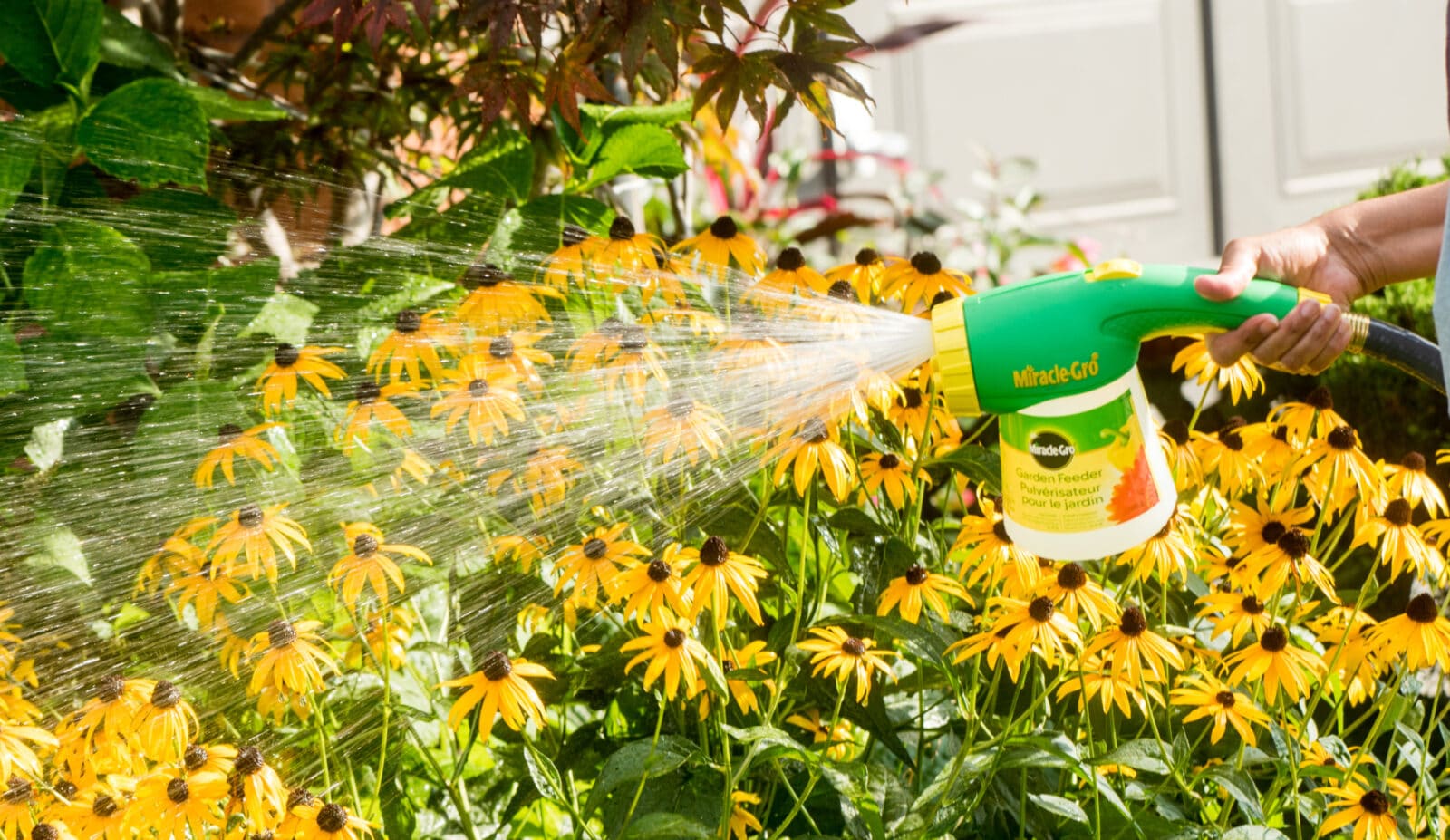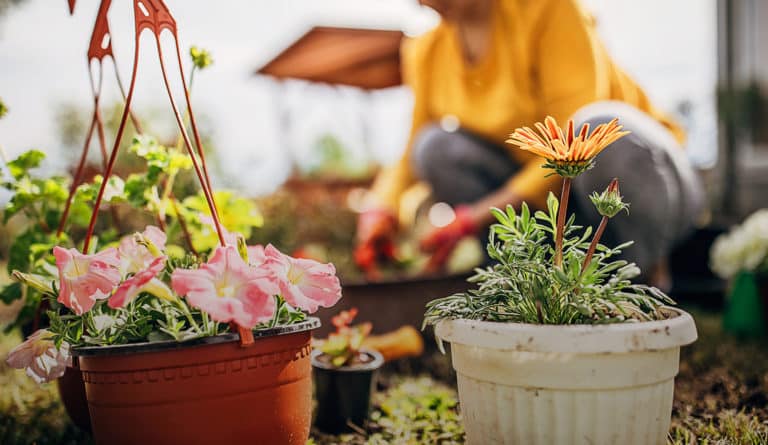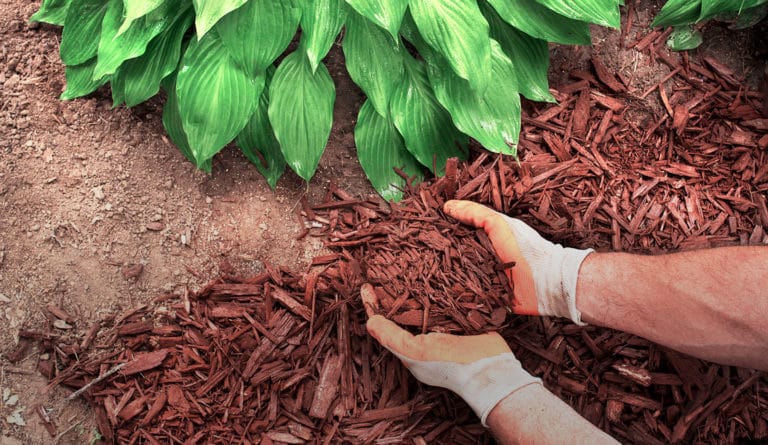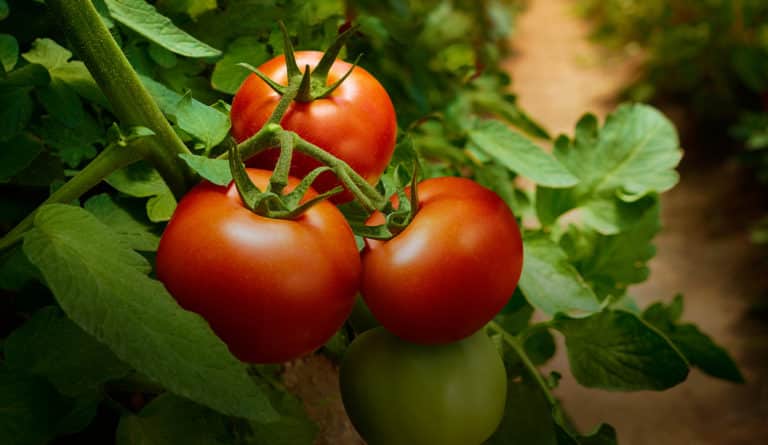Just like humans, outdoor plants require plenty of water and a balance of nutrients to be at their best. Summer weather can dry out soil quickly, especially in containers and raised bed gardens. Plants also deplete the soil’s vital nutrients simply by growing. You can supply the moisture and food your plants need by watering and fertilizing regularly. Plus, regular feeding helps your plants grow bigger, stronger, more productive, and better equipped to handle summer stress.
feeding your garden
Whether you grow edibles or ornamentals, in the ground or in raised beds, caring for your summer garden doesn’t have to be complicated. Follow this guide to develop good summer garden care habits that will benefit your plants all the way into fall.

Your summer watering schedule will vary depending upon your growing zone and weather conditions, and you will need to stay vigilant. Test whether you need to water by feeling the soil—some plants wilt naturally in hot weather, and overwatering can also cause wilting, so don’t rely on looks alone! Whenever the top inch of soil surface feels dry, give the soil a good soaking to ensure that moisture reaches all the way to plants’ deepest roots. Make sure to aim the flow of water at the base of your plants so the leaves stay dry, which helps prevent disease. Plan to water your garden thoroughly about twice each week, or more especially when the weather is hot &dry. If you are growing in containers, you may need to water daily.
Water-soluble plant foods make it easy to fertilize in the summer. Simply add this type of plant foodto your watering can or sprayer every one to two weeks. Pick the right food for whatever you’re growing—Miracle-Gro® Water Soluble Bloom Booster® Flower Food for flowers, or Miracle-Gro® Water Soluble Tomato, Fruit & Vegetable Plant Food for edibles. Or, to streamline feeding even more, use Miracle-Gro® Water Soluble All Purpose Plant Food when watering your entire yard. It is safe for all plants, including vegetables, trees, and shrubs.
start in springtime
Nutrient-rich soil helps plants grow healthy roots. Prepare your garden or containers in early spring (but after the last frost) with Miracle-Gro® All Purpose Garden Soil or Miracle-Gro® Potting Mix. Both contain continuous-release plant food to give your vegetables, herbs, and flowers a strong start—plus their first serving of vital nutrients.
Already-established perennial flowers and herbs also need plant food as they begin to emerge at the start of the growing season. Lightly work a granular fertilizer, like Miracle-Gro® Shake ’n Feed® All Purpose Plant Food, into the surface soil around each plant base, being careful not to disturb the roots or new growth, then water thoroughly to release the nutrients into the soil.
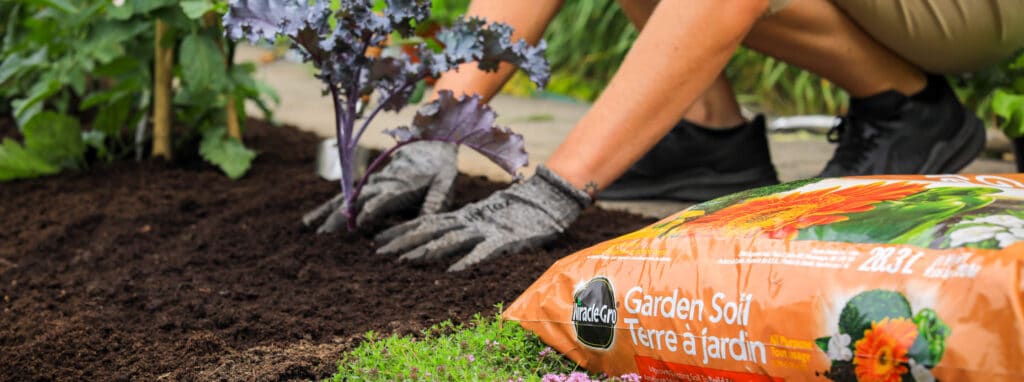
choose your feeding style
When picking a plant food, you have some choices.
- If you prefer to feed instantly and while you water, choose a water-soluble plant food like Miracle-Gro® Water Soluble All Purpose Plant Food. Measure and mix it directly into your watering can and pour the solution around the bases of your plants, or use with your hose end sprayer (like the Miracle-Gro® Garden Feeder) for larger areas. Plan to feed every 7 to 14 days.
- For less frequent feeding, choose continuous-release plant granules, like Miracle-Gro® Shake ’n Feed® All Purpose Plant Food.. Sprinkle the easy-to-use, granules onto the soil surface, gently rake them into the top few inches of soil, then water thoroughly to start the feeding process.
feed regularly (even in summer)
Plants experience a burst of early growth when they are first planted. Many plant types also have growth spurts in the early or mid-summer, so it is important to replenish nutrients throughout the growing season. After all, you are looking to coax your plants into growing their best and producing the biggest blooms and harvest, right? Annual vegetables and flowers respond especially well to continuous-release feeding that reaches deep down to their roots, promoting bigger, more productive plants.
consider plant food “flavours”
While all plants will gobble up nutrients from the soil, different varieties require different nutrient balances. Nitrogen grows green leaves and stems. Phosphorus promotes strong roots and abundant, colourful flowers. Potassium helps plants protect themselves from disease, drought, and other stressors. So, while all-purpose plant food is a solid choice if you grow a mix of plant types, consider tailoring your choice if you are all about veggie gardening or prefer to surround yourself with flowers.
- Tomatoes, squash, peppers, cucumbers, and other vegetables (and herbs!) will thrive when they’re fed every 7 to 14 days Miracle-Gro® Water Soluble All Purpose Plant Food. This plant food is great for your garden, and is packed full of micronutrients and contains calcium which helps to prevent plant diseases.
- Promote colourful, abundant flowers in your annuals and perennials by feeding them Miracle-Gro® Water Soluble Bloom Booster® Plant Food every 7 to 14 days, or Miracle-Gro® Shake ’n Feed® Ultra Bloom Plant Food every 3 months during the growing season. Both help flowering plants develop strong roots and more vibrant blooms (vs. unfed).
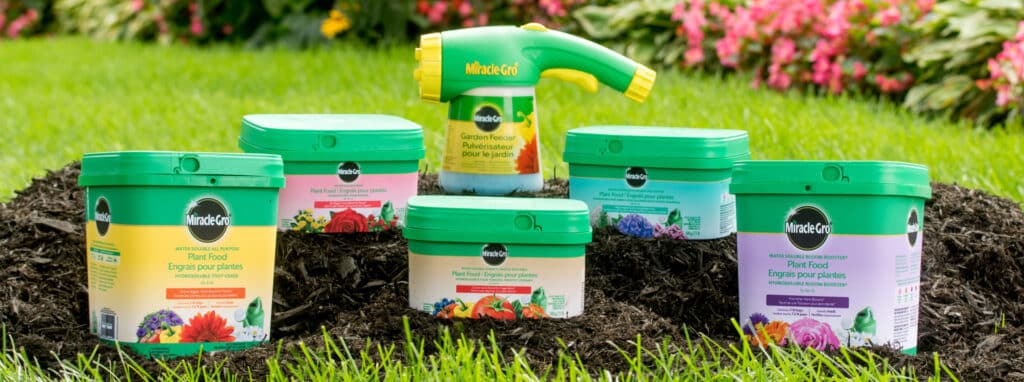
watch for signs of hungry plants
When the soil is short on nutrients, you will see it in your plants. Keep an eye out for warning signs like pale or yellowing foliage, fewer flowers, or slower growth than usual, or droopy, limp, weak stems. If you have been watering regularly (but not too much!) and have not had problems with insects or disease, chances are your plants need feeding.
don’t feed the weeds!
If you let them, weeds will compete with the plants you like for moisture and nutrients. Pull weeds before you fertilize and concentrate plant food around the bases of your plants, to keep nutrients where they are needed most. Be sure to continue to check for weeds regularly throughout the growing season, pulling ‘em whenever you see ‘em.
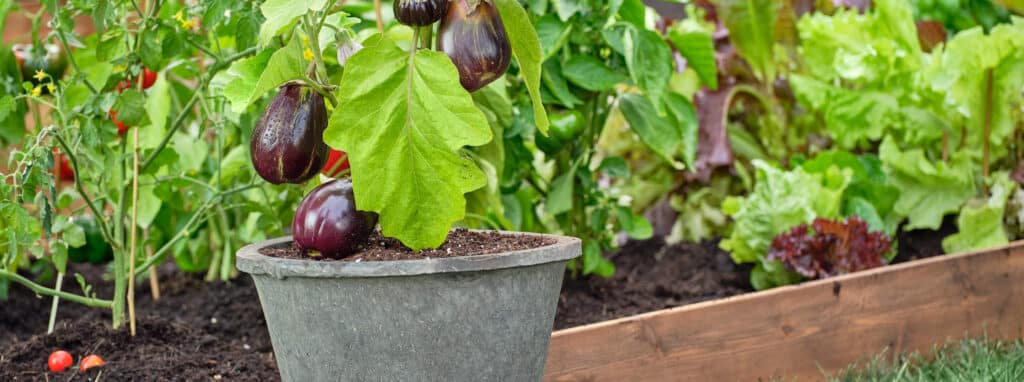
Here is one final tip: Keep plant food in an easy-to-see place—like next to your gardening tools—to help keep feeding top-of-mind. (Keep it out of reach of little ones, though!) You can also set reminders on your smartphone. Then, when the time is right, head on out and feed those plants!

